
The cost of a mold inspection might seem high, but it’s one of the best investments you can make for your health and home. Read on to learn cost-saving tips.
Because your nose always knows


If you've ever wondered how to get rid of a mold smell in your house, you're not alone. This unpleasant scent can indicate hidden mold growth, and be a source of concern for homeowners. Luckily, there are effective strategies to eliminate the persistent musty odor from identifying and addressing the root causes of the odor to practical tips for cleaning and prevention.
The first step to resolving the moldy smell in your home is to determine what's causing it. From there, you can take actionable steps to remove it.
To locate the root cause of a musty odor within a home, examine areas where mold can flourish. Begin by investigating damp or humid spaces like basements, kitchens, bathrooms, and poorly ventilated rooms. Be observant of visible signs of mold, such as discoloration on surfaces, walls, or ceilings, and take note of any musty smells in these areas.
Check concealed spots such as under rugs, behind furniture, or inside closets, as mold can grow in hidden areas. Examine ceilings, walls, and floors for leaks or water damage since moisture plays a crucial role in mold growth. In case the source remains unclear, it's advisable to hire a professional mold inspector to conduct an in-depth evaluation and help identify the precise location of the mold issue.
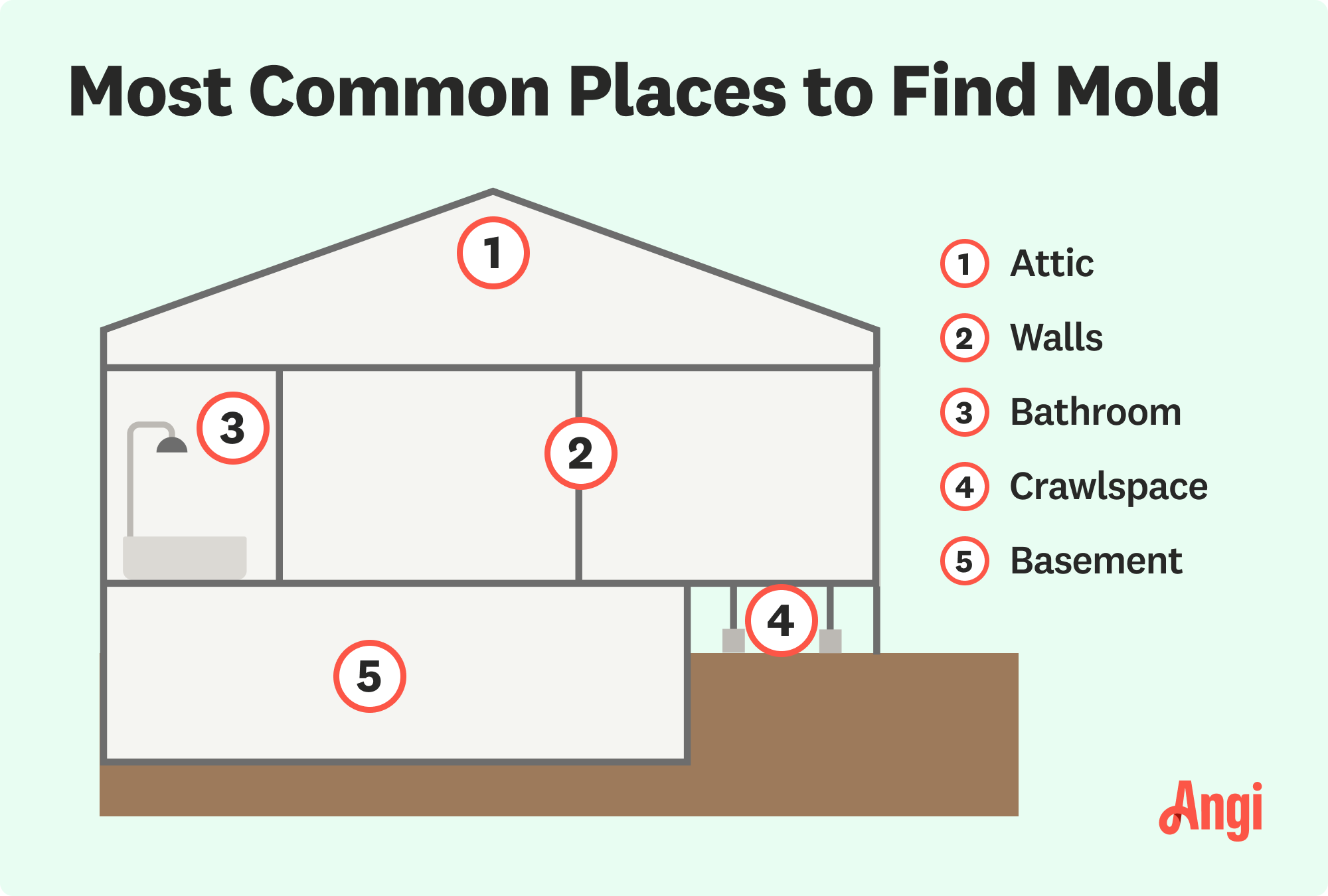
Mold and mildew are types of fungi that thrive in damp, humid environments. Although the terms are often used interchangeably, the difference between mold and mildew lies in their appearance, characteristics, and the specific environments where they thrive.
Mold is a term encompassing various types of fungi that appear as fuzzy or slimy patches in black, green, blue, or white shades, and can grow on walls, ceilings, and organic materials such as wood and fabric. Mold can cause structural damage and health problems.
Mildew is a type of mold that typically appears as a powdery, downy, or fluffy growth in white or gray shades, and commonly occurs on damp surfaces such as bathroom walls, shower curtains, and damp fabrics. Mildew can cause cosmetic damage and respiratory irritation, but is generally less harmful than some types of mold.
If you can smell the odor and you can’t see it, usually that is a sign of something more serious. Mold can hide behind your walls and floors and will require a professional mold remediation company to run indoor air quality tests.
According to data from Angi customers, most homeowners (38.2%) suspect they have mold on their walls and ceiling, and 19.5% suspect they have mold in their HVAC system. If you’ve ever had leaks in your roof or other areas of your home, the likelihood of mold growth increases. If you have a suspicion that there’s mold anywhere in your home, the safest way to handle it is to call a professional for mold testing.
Employing effective cleaning strategies can help remove the mold from your home, ridding areas of the unsavory scent. Both natural and chemical cleaning practices can be used, based on your preferences.
| Natural Cleaning Solutions | Chemical Cleaners |
|---|---|
| Generally safe option | Pose risks from harmful fumes |
| Environmentally-friendly | Greater environmental impact |
| Slower to remove | Yields quicker results |
| May require more effort | Highly effective |
For options that are safe to use, try the below natural cleaning solutions for removing mold.
White Vinegar: In a spray bottle, mix equal parts of white vinegar and water. Spray the solution on the moldy surface. Let it sit for an hour before scrubbing the area gently with a brush.
Baking Soda: Add water to baking soda to create a paste. Apply it to the moldy area. Gently scrub with a brush and rinse it.
Cornstarch: Similar to baking soda, create a paste with cornstarch and water. Apply it to the mold, let it dry, and then scrub it off.
Tea Tree Oil: In a spray bottle, mix one teaspoon of tea tree oil with one cup of water. Spray on the moldy surface and leave it on for a few hours. Wipe clean with a damp rag.
Lemon Juice: Squeeze fresh lemon juice onto the moldy area. Let it sit for 5-10 minutes before scrubbing it clean with a damp cloth.
Safety is of utmost importance when using chemical cleaning solutions to eliminate mold. It is essential to adhere strictly to product instructions and wear appropriate protective gear, such as gloves and a mask, to avoid exposure to fumes and skin contact. Maintain adequate ventilation in the area as well.
Below are effective chemical cleaning solutions for removing mold.
Hydrogen Peroxide: Combine equal parts of hydrogen peroxide (3% concentration) and water into a spray bottle. Spray the solution on the mold and let it sit for 10 minutes. Scrub gently.
Borax: Mix one cup of borax with one gallon of water. Scrub the affected area and let it dry before wiping it with a damp cloth.
Ammonia: Mix equal parts of ammonia and water in a spray bottle. Spray the area and let it dry before cleaning with a damp rag. Ensure you use it in a well-ventilated area and avoid mixing it with bleach.
Bleach: Create a diluted bleach solution by mixing one cup of bleach with one gallon of water. Apply, let it sit for 10 minutes, and then scrub.
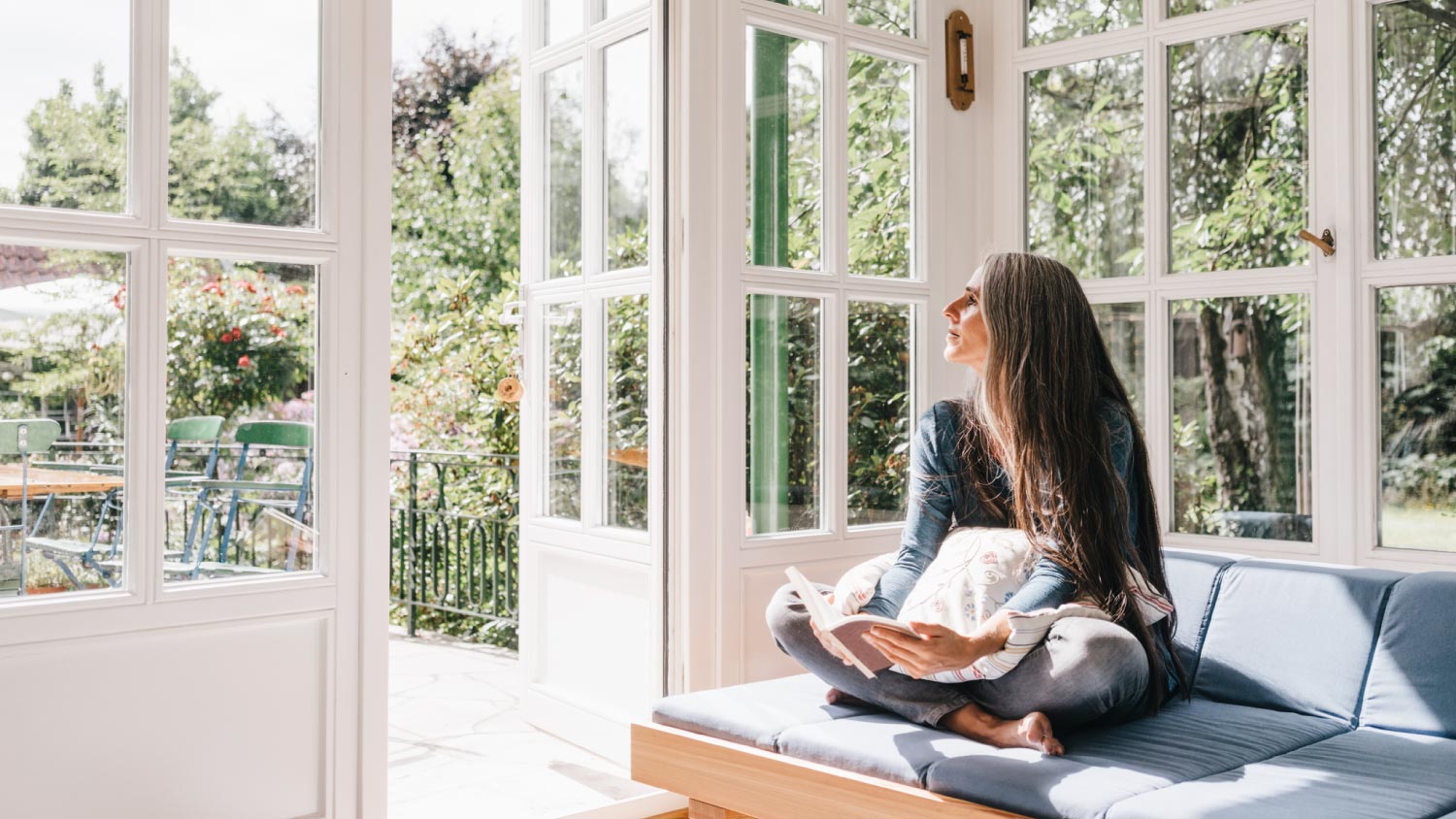
While removing mold is a generally simple task, it's not a one-time project. It's important to proactively prevent mold growth to avoid having to perform extensive cleaning sessions.
To minimize the likelihood of mold growth, it is important to implement a regular cleaning routine that addresses any water leaks, spills, or dampness promptly. Cleaning and disinfecting surfaces in areas prone to mold growth, including bathrooms, kitchens, and basements, using either natural or chemical cleaning solutions is crucial. In addition, ensuring proper ventilation throughout the house by using exhaust fans, opening windows, and using dehumidifiers in areas susceptible to moisture is essential. It is particularly important to pay close attention to spaces with limited airflow, such as closets and storage areas.
Effective management of indoor humidity is key to preventing the growth of mold, which requires a humidity level of 50% or below. In areas with high moisture buildup such as basements and bathrooms, dehumidifiers can be used to control humidity. Proper ventilation can also be achieved by using exhaust fans in kitchens and bathrooms, as well as opening windows during favorable weather conditions. Regularly inspect and clean air ducts, vents, and filters to improve air circulation and reduce humidity. During summer months, air conditioning can be used to regulate humidity levels during warmer months.
Mold smells because it releases chemical compounds, called microbial volatile organic compounds (mVOCs), that produce a musty odor. These mVOCs have a smell similar to decaying organic matter, which is a byproduct of the mold’s process of consuming and digesting the material it lives on. For that reason, the smell of mold can vary a bit depending on where it grows. However, not all molds produce a foul smell.
Using DIY practices to get rid of mold can usually be effective. However, if the mold issue persists, an underlying cause may need to be remedied. In those cases, it's best to hire a mold inspector to identify the issue.
Persistent musty odors, visible mold growth on walls, ceilings, or concealed areas, and respiratory issues or allergies indicate a serious mold problem. Extensive mold infestation exceeding 10 square feet, particularly toxic black mold, or structural component damage necessitates professional assistance.
Mold remediation professionals offer comprehensive and safe removal procedures, including specialized equipment to detect hidden mold, containment measures to prevent the spread of spores, proper disposal of contaminated materials, and the application of antimicrobial treatments to inhibit future growth. Their expertise ensures effective remediation strategies, thorough inspections to determine the problem's extent, and a successful removal process.
To maintain a consistently fresh-smelling home, it is crucial to prioritize regular maintenance of your HVAC system. It is recommended to schedule annual inspections and maintenance with your local HVAC company to ensure optimal performance and indoor air quality. Additionally, replacing air filters regularly and investing in high-efficiency filters can prevent the buildup of dust and contaminants. Periodic cleaning of air ducts is also important to remove accumulated debris that can cause stale air and mold growth. Proper HVAC maintenance promotes a healthier indoor environment by reducing allergens and pollutants, while also improving energy efficiency.
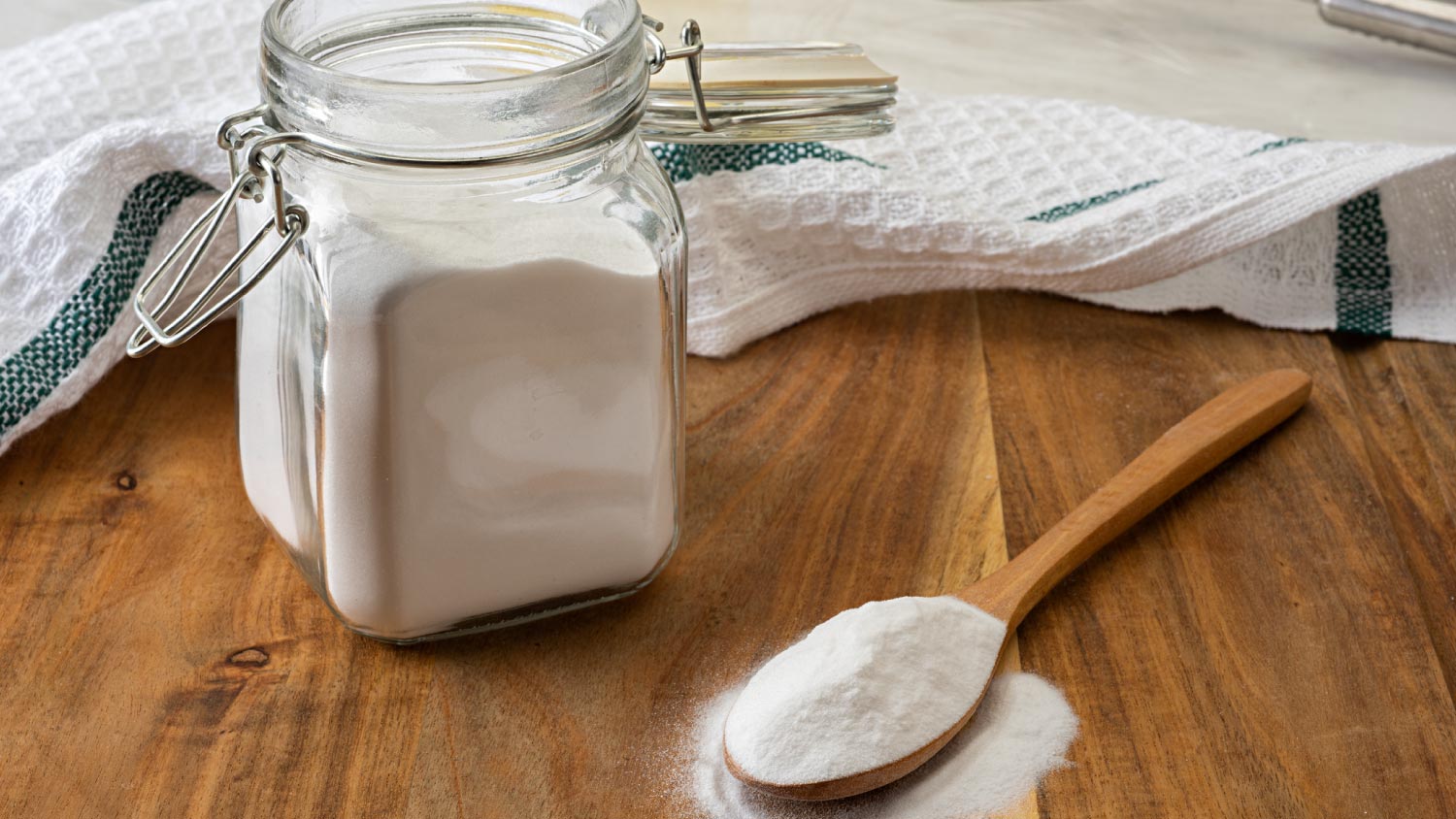
Sometimes, the location of the mold smell can necessitate different strategies to not only improve effectiveness but to ensure the safest practices are used.
The unpleasant odor of mold in living spaces, such as the living room, bedrooms, and common areas, can be eliminated by first identifying the root cause of moisture that is facilitating mold growth. To disinfect and clean surfaces, use natural remedies like baking soda or white vinegar. Improved ventilation can be achieved by opening windows and using fans to ensure air circulation. To get rid of residual smells, strategically place coffee grounds or baking soda in bowls around the room, taking care to put them out of reach if you have children or pets. Sunlight exposure can also help stop mold growth in curtains, carpets, and upholstery.
To eliminate musty odors caused by mold in damp areas like bathrooms, kitchens, and laundry rooms, the first step is to reduce excess moisture. You can achieve this by promoting air circulation through the use of exhaust fans or by opening windows. You should also disinfect and clean surfaces that are susceptible to mold growth, such as kitchen appliances, tile grout, and shower curtains. White vinegar or hydrogen peroxide can be used for cleaning. Thoroughly scrub visible mold and dry surfaces completely to prevent further growth. Regularly wash and dry towels, bath mats, and other textiles to prevent mold and mildew odors.
To eliminate unpleasant mold smells in storage areas, such as basements, attics, and closets, start by decluttering and organizing the space to improve air circulation. Proper ventilation, such as vents or fans, should be installed to decrease humidity levels and avoid stagnant air. Use natural solutions like white vinegar or tea tree oil to thoroughly clean and disinfect surfaces, paying special attention to corners, walls, and stored items. Ensure that stored items are well-ventilated and dry, and consider using a dehumidifier to maintain ideal humidity levels. It is essential to promptly inspect and address any water leaks or damage.
When faced with mold smells in items like furniture, carpets, and curtains, the first step is to clean and treat them. Washable textiles can be laundered with hot water, an appropriate detergent, and either a cup of white vinegar or baking soda. After washing, either sun-dry or use a dryer to ensure all moisture is removed. For non-washable items like upholstery and carpets, vacuum them thoroughly and use a cleaning solution. Be sure to dry these items completely with proper ventilation to prevent future mold growth. Deep cleaning with a steam cleaner is recommended for carpets and upholstery. Regular cleaning and preventative measures are key to keeping textiles and upholstery fresh and mold-free.
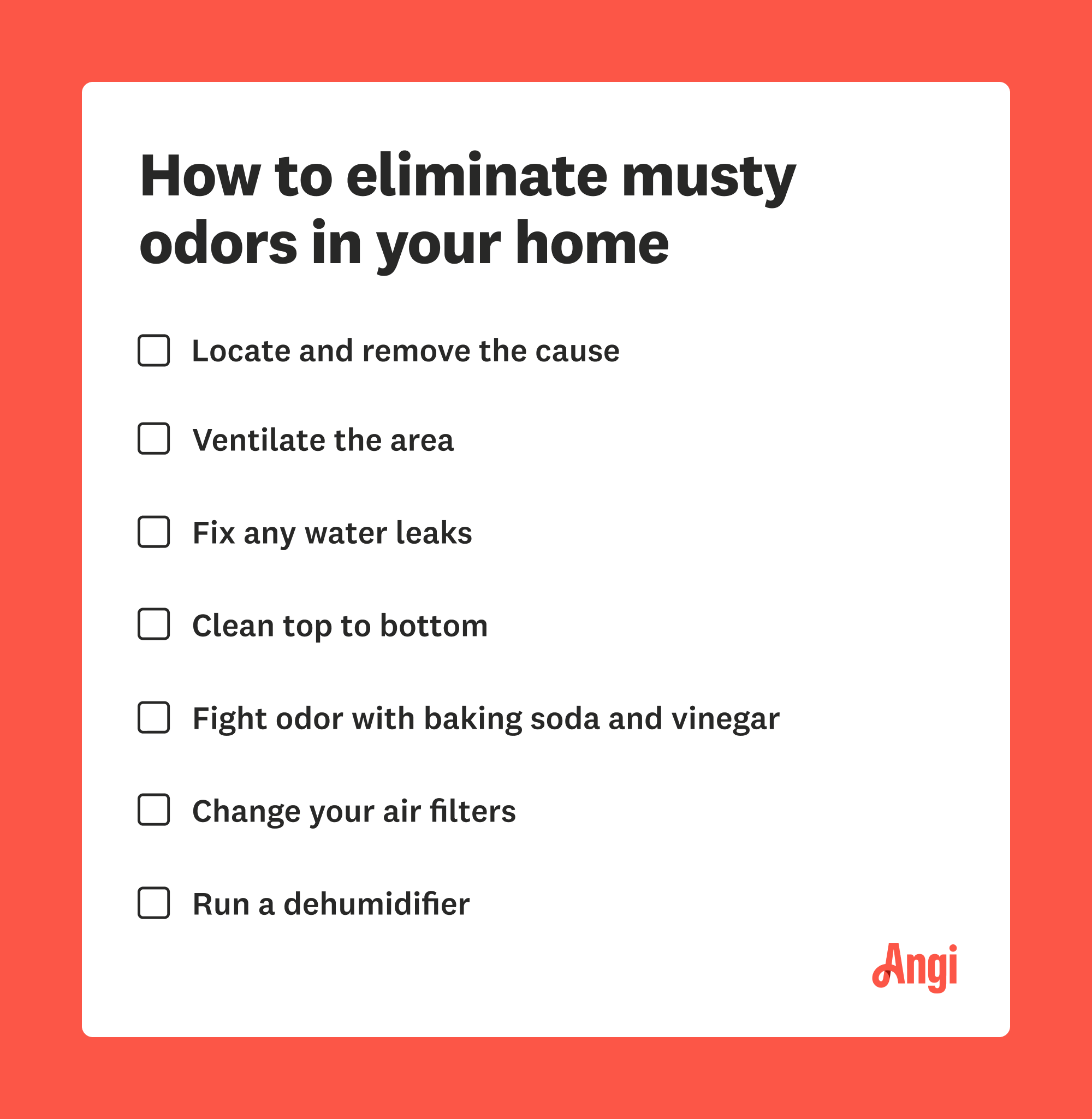
Very professional, polite and helpful. I would recommend him!
Raven and crew does absolutely fantastic job. They are very professional if any concerns were to occur with any of her work she always took responsibility and finished out with a great job. I have worked with her business for a year and have always been satisfied. Very trusted business and...
I had Ace Fireplace Services install custom chimney caps for my home, and the results are stunning. They fit like a glove and have added a touch of sophistication to my chimney. I can't recommend their services enough.
Precision and professionalism define Custom Paint Jobs LLC. We couldnt be happier.
Very professional and efficient with work. Answered each question I had with great knowledge and an informative response. Will be working with them again.
Window Depot did an amazing job on my deck. I wasnt sure what I wanted to do, but their composite decking was affordable and will last a long time. I am excited to have family over, and I am no longer embarrassed by my backyard. Jeff and the ground crew were polite, respectful, and caring for...
Great tree company, very professional and honest. Glad we found them, they had the best pricing
Maple Tree Service should serve as a mentor for other business! Customer service was superior and beyond expectation. Response to request was prompt. The representative was very courteous and proud of the company. Quote was given during initial visit and work date established. A follow up...
Eugene returned my call within minutes and was able to complete the job within a couple of days. Friendly and professional, and I feel his prices are reasonable.
We used Unique Hardwood Floor LLC three years ago to work on the floors of a 70 year old home that needed a great deal of work. Some floors needed repairs, some were replaced and others just needed to be refinished. It was a complicated job as they needed to blend the old and the new to...
From average costs to expert advice, get all the answers you need to get your job done.

The cost of a mold inspection might seem high, but it’s one of the best investments you can make for your health and home. Read on to learn cost-saving tips.

Mold remediation cost can quickly escalate. But if you have mold in your home, the cost for mold remediation is worth it.

Seeing a patch of black mold on your wall is scary. Learning how to get rid of black mold and knowing when to call for a pro is easier when you follow our tips.

Hardwood floors are susceptible to mold and mildew growth. Learn more about the telltale signs of mold under hardwood floors, and when it’s time to call a pro.
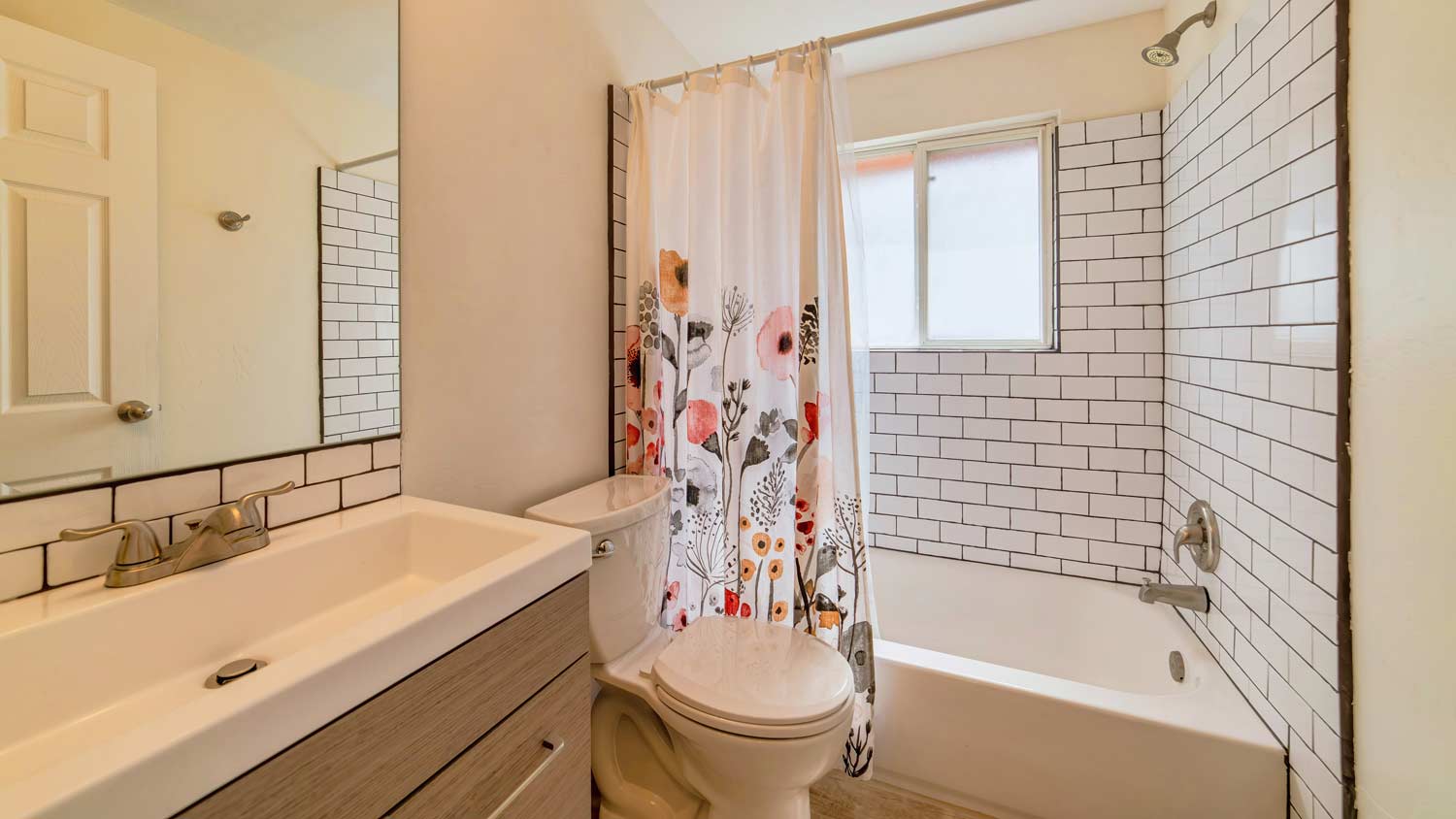
An orange shower curtain can be due to bacteria, hard water, or product scum. Read this guide to learn why your shower curtain is turning orange.

Got mold on your washing machine? Follow this guide to learn how to clean mold from a washing machine and make your laundry smell fresh.